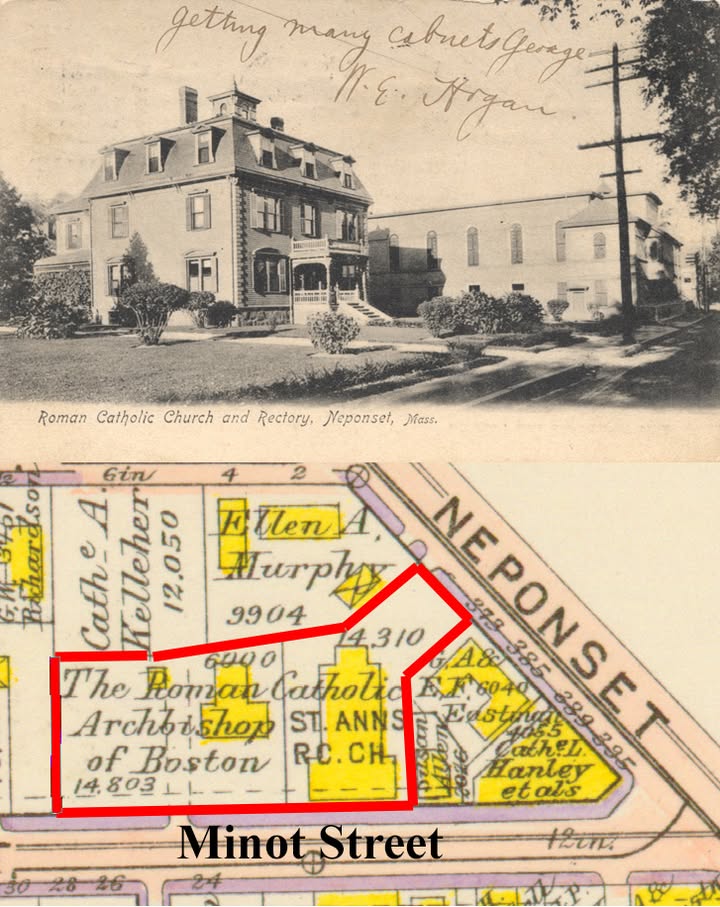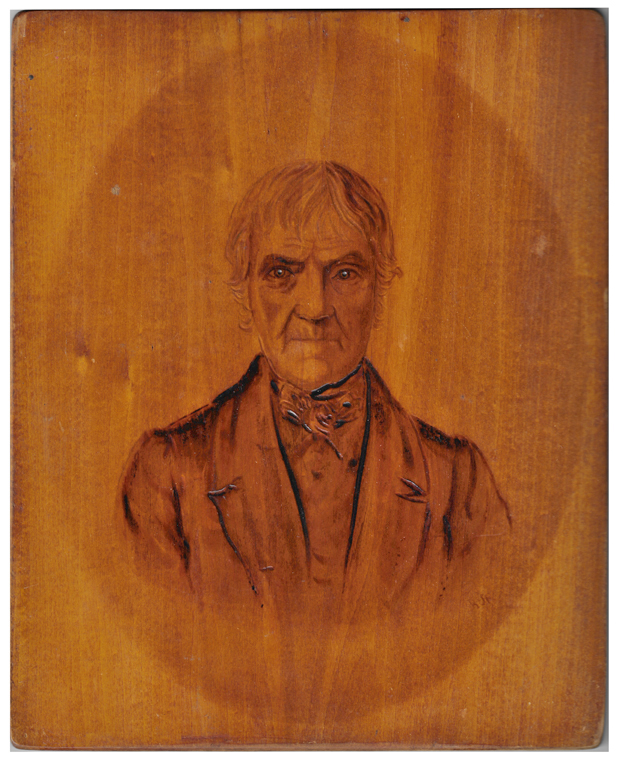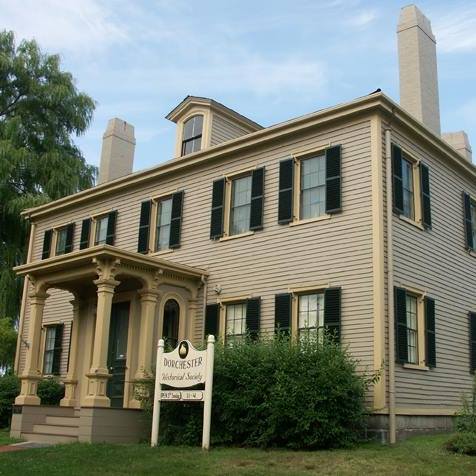
Dorchester Historical Society
The Dorchester Historical Society was founded in 1843 and incorporated in 1891. DHS collects, preserves, and shares knowledge of the history of the Town of Dorchester (founded 1630) which was annexed to the City of Boston in 1870. MAINTAIN HISTORICAL BUILDINGS.

Founded
1891
4100
Web
Sign in to see organisation website
Address
Dorchester
Home | Dorchester Historical Society | Boston, MA Dorchester Historical Society HOME About Us Our Properties Research House History Membership Shop Blog More The Dorchester Historical Society celebrates nearly four centuries of Dorchester life through its collections and programs. Founded in 1843 and incorporated in 1891 DHS seeks to preserve and share the history of Dorchester promote the preservation of historic buildings and sites care for and exhibit articles of historic interest and further education about and in the community. Run by an entirely volunteer board DHS offers monthly programs and publishes monographs relating to Dorchester history. The Society owns three historic houses dating from 1661 1765 and 1806 and a c.
From Social media
News about from their social media (Facebook and X).
Dorchester Illustration 2722 portrait of Isaac Withington The burnt poker portrait of Dorchester resident Isaac Withington was created by the artist Robert Ball Hughes. Isaac Withington was born in Dorchester in 1802 and died here in 1877. Ball Hughes was first a sculptor whose subjects were usually famous men and/or literary and artistic scenes.
Like Comment
Data about organisation
Similar organisations
Similar organisations to Dorchester Historical Society based on mission, location, activites.
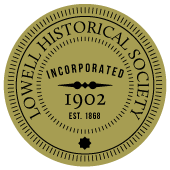
Historical Society for the city of Lowell, Massachusetts.
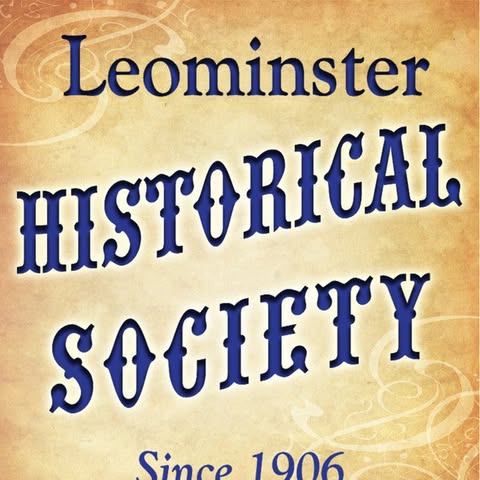
Leominster Historical Society Inc
The history of Leominster.

Local History Museum and Research Library for Quincy, Massachusetts.
Similar Organisations Worldwide
Organisations in the world similar to Dorchester Historical Society.

THE DORCHESTER CIVIC SOCIETY (uk)
We exist to stimulate people’s interest in the town, its setting and to promote civic pride.
Interesting nearby
Interesting organisations close by to residence of Dorchester Historical Society

Revitalizing the Centre / South streets business districts while maintaining its historic character through the active collaboration of residents, businesses, and the City of Boston.

Boston Preservation Alliance, Inc.
The Boston Preservation Alliance serves to protect the places, promote the vibrancy, and preserve the character that make historic Boston unique.

The Dorchester Historical Society was founded in 1843 and incorporated in 1891.

Finca Vigia Foundation is a U.
Similar social media (4100)
Organisations with similar social media impact to Dorchester Historical Society

89613. Equine-Assisted Therapy Inc
Equine Assisted Therapy, Inc.

89614. National Alliance of Nonprofits for Insurance Inc
Nonprofits Insurance Alliance (NIA) is a 501(c)(3) nonprofit insurance provider.

89615. Dorchester Historical Society
The Dorchester Historical Society was founded in 1843 and incorporated in 1891.

89616. Loretta Rest Realty Corporation
Since 1926, Loretto has been committed to caring for older adults.

89617. YMCA of Metropolitan Hartford, Inc.
The YMCA of Greater Hartford is an organization open to all and committed to helping people develop their fullest potential in spirit, mind and body.
Join us and make a difference for the future!
Sign Up
Please fill in your information. Everything is free, we might contact you with updates (but cancel any time!)
Sign in with GoogleOr
Good News
🌍❤️ Exciting news from Orlando! AARP's "Walk with a Doc" is paving the way for healthier lives in Central Florida. Just a few miles of walking, great conversations, and direct health advice from doctors! Let's keep active and connected! #GoodNews #CommunityHealth #WalkWithADoc
A New Path to Health: How AARP Orlando's Walk with a Doc Is Building a Stronger, Healthier Central FL
AARP States
Like Comment